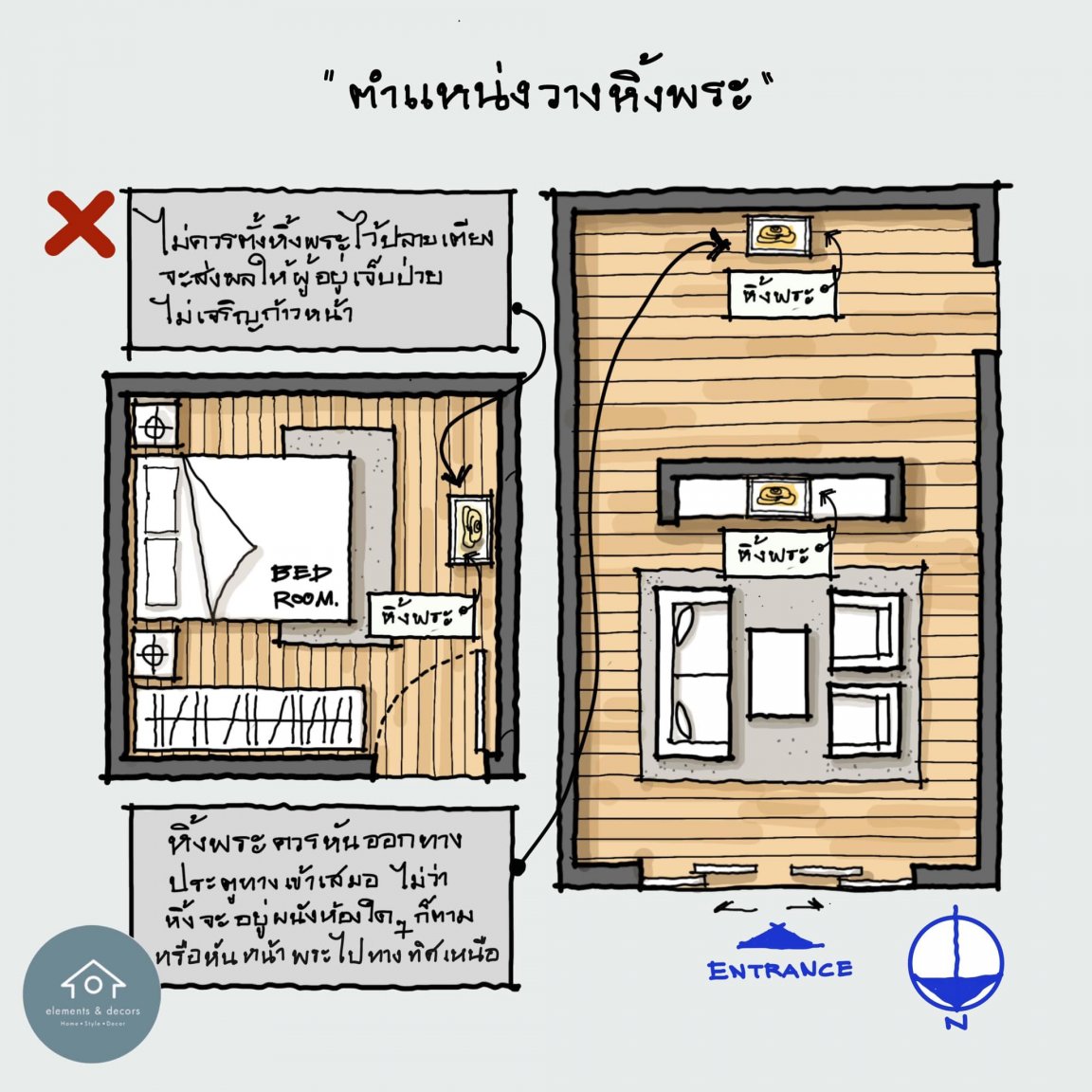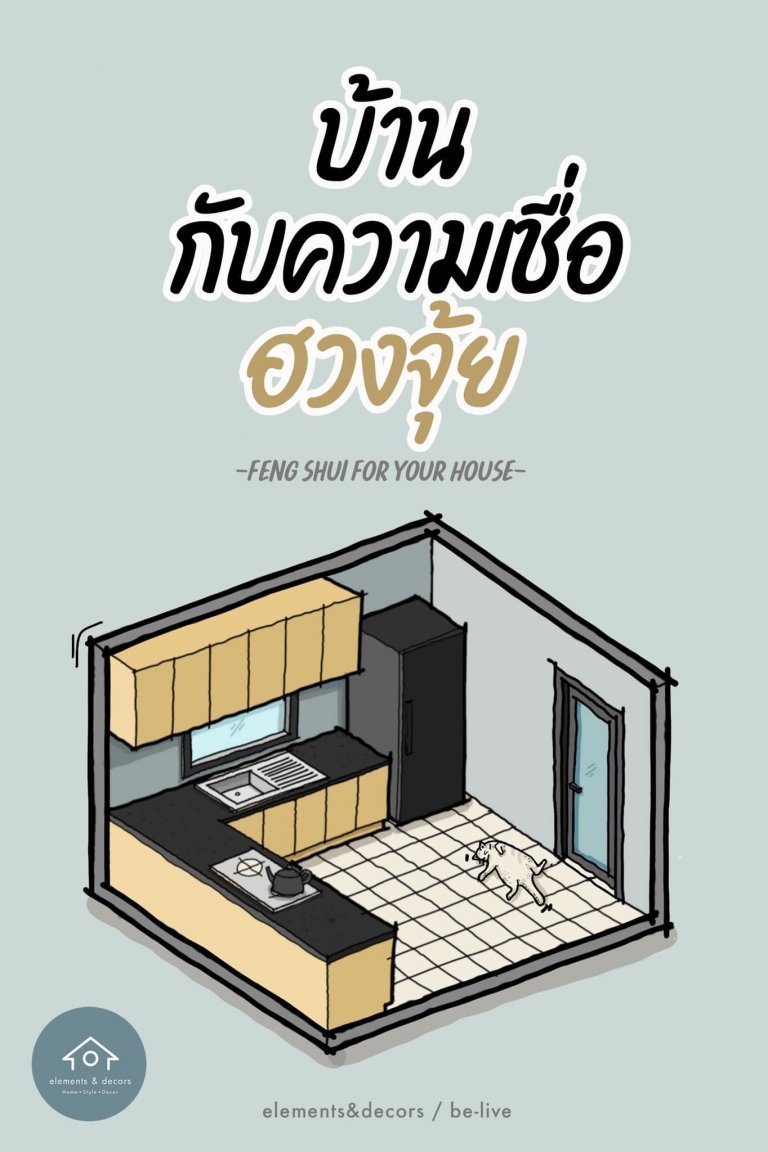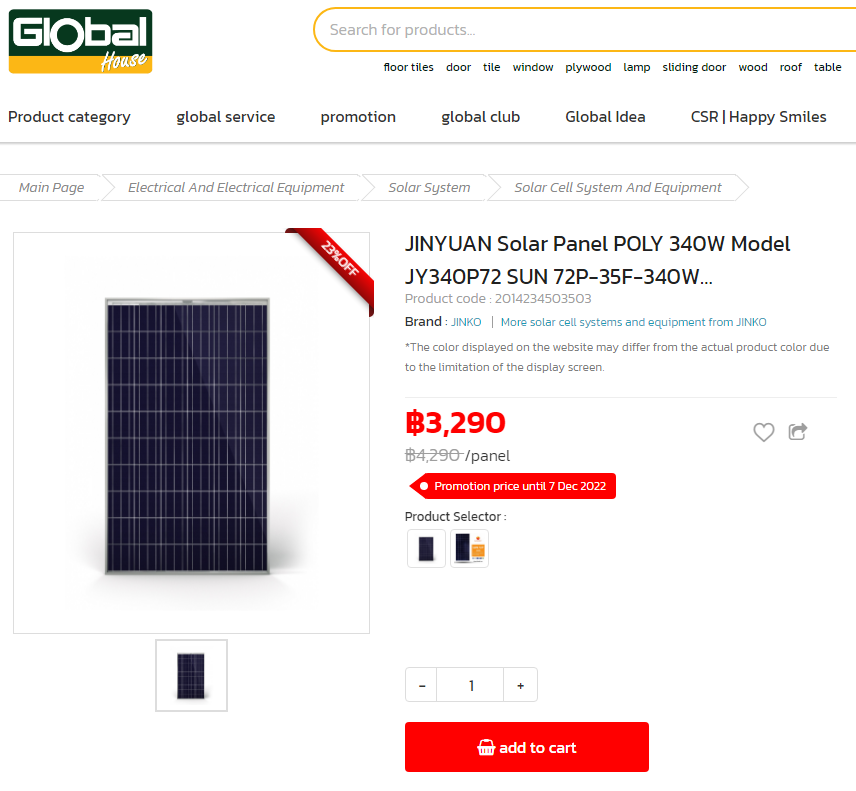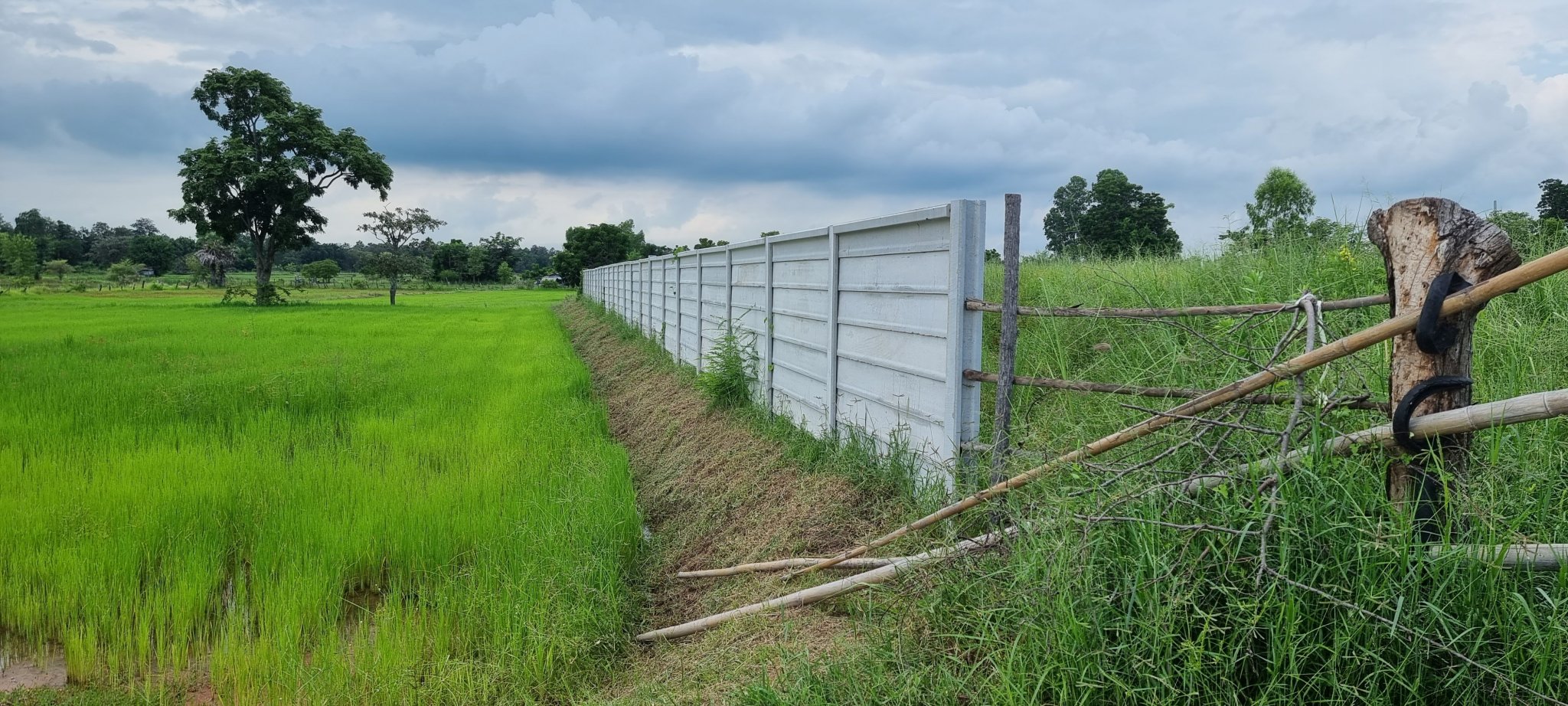-
Posts
1,294 -
Joined
-
Last visited
Content Type
Events
Forums
Downloads
Quizzes
Gallery
Blogs
Everything posted by Encid
-
Many of you will probably already know most of these, but to Thai people these concepts are very important as far as health, wealth, and happiness are concerned. The accompanied images and comments are in Thai language only, but most will understand from the imagery. If need be, get your Thai partner or a friend to interpret and translate them for you. Enjoy!
-
They look like electrolytic limescale inhibitors... The lifespan of limescale inhibitors depends on various factors. For one, these inhibitors come with different manufacturer-recommended lasting durations. Some can serve you for ten years. Others last for half that time, some two years, while some only stay one year. Beyond these recommendations, the hard water area you stay in significantly impacts the effectiveness of limescale inhibitors. Typically, water hardness gets measured based on the concentration of metals like magnesium and calcium. For example, if you get supplied with excessively hard water (180 mg/L), you will need to change your inhibitors more often than someone in an area with soft water. And soft water is usually from zero to 60 mg/L.
-
Perhaps by using stainless steel instead of bricks? Lazada link
-
Car expert issues urgent warning to Aussies buying from Chinese-owned car company GWM Haval A car expert has warned Aussies to think twice before purchasing a car from Chinese-owned company GWM Haval after the SUV H6 he was test-driving activated its own brakes while he was driving on a highway at 100kph. Car expert Josh Dowling said he had been driving at about 80km/hour on a highway between Lithgow and Bathurst. 'I actually had the car detect the steel barrier, and it tried to slam the brakes at about 20km/h off the speed which was around 100km/h,' Mr Dowling said on 2GB. 'It was scary. And it also couldn't follow the lane marking.' The motoring journalist said he had flagged the issue with Haval who said they would pass it on to the manufacturers in China. 'I think it's borderline dangerous, I don't think every motorist is going to be expecting this so I would really encourage Haval to get this fixed,' he said. Read the full story from Daily Mail Australia here.
-
The Victorian government has unveiled an ambitious plan to install 100 battery energy storage systems in neighbourhoods across the state by the end of 2026 as part of a broader strategy to support the rollout of more rooftop solar PV as it targets 95% renewables by 2035. Victorian Premier Daniel Andrews announced his government would spend $42 million (USD 26.9 million) to install 100 neighbourhood batteries in communities across the state if it is re-elected on Nov. 26. Fifteen of the batteries will initially be installed in Melbourne and 13 in regional Victoria. Labor said it has committed to work with community groups, local governments and distribution companies to identify locations for the remaining 72 batteries. The rollout of rooftop solar in Victoria is among the most impressive in Australia with more than 200,000 Victorians having already installed solar panels on their roof. As many as one in every five homes have a solar system installed, generating enough energy to meet a third of Victoria’s total residential electricity demand but Andrews said the batteries will allow more residents to share the benefits of the “solar boom.” You can read the full article from PV Magazine Australia here.
-
I know of a guy in Surin that was going to build one himself, from plans he got off the internet. This is similar to what he wanted to build... I'm not sure if he ever completed it though... "Fire bricks" or refractory bricks and "fire cement" or refractory mortar are readily available here and also in a few different colours. Have a look at OneStockHome for example:
-
No - many walls all over Thailand are built using this type of block and they (and the cement mortar/grout) do not fall apart when they get wet. If you are concerned about water-proofing why not paint afterwards with roofing paint?
-
Off-topic I know, but just curious... why did you plant your trees in concrete rings?
-
You could try out the Carrier Thailand online BTU calculator here.
-
No, she tried the message app. We will try calling instead.
-
May I ask how you contacted TestTech and how you specified what you wanted in the test criteria? The test report you have shows a lot more testing than those explained on their website, and I am interested in finding out how your test criteria was determined. The reason why I ask is that I have tried to contact them myself (in English) via the email address on the Contact Us page on their website, but no answer. My wife has also tried to contact them (in Thai) via the message facility on the Contact Us page on their website, but no answer.
-
-
Is that price for the frame only (and clips, fasteners etc.) and excludes PV panels? It's not clear to me from the Global House page. I note that the video shows a 20 panel car-port but there are other sizes shown in the pictures beneath the video. I might have to pay them a visit and check it out more. It seems like a very smart alternative to a standard car-port.
-
I had an ECG cardiac diagnostic performed yesterday at Bangkok Hospital Pattaya as an outpatient and was charged 450 baht. Back on-topic, I was told by my doctor (level 2 OPD - consulting fee 600 baht) that a chest CT scan would cost approx 20,000 baht.
-

Moving Chanot Pegs Around
Encid replied to parallaxtech's topic in Real Estate, Housing, House and Land Ownership
We did the same after a dispute from our neighbour who was proved wrong in the end. Note that all concrete footings are just inside the boundary pegs which were uncovered and verified by the Land Office. This is what the wall looked like when it was complete: And this is what the wall looks like now (5 months later): -
Currently we average about 60 kWh/day. Monthly usage is always north of 1400 kWh... and usually about 2000 kWh around Songkran. Our highest consumption was May last year 2021/2564 when we recorded 2156 kWh for the month. Mind you... we did have relatives staying with us so AC use and water heater use was heavy. Can't wait to sell and build a more passive house with a roof full of PV panels.
-
Further to the Thermal Resistivity issue, QCON claim that AAC blocks insulate heat 4-8 times better than the standard Thai red bricks, although I cannot find any online data to support that claim.
-
Your thermal (and possibly sonic) insulation would possibly be better too. According to the QCON Engineering Handbook (excerpt below) 20cm blocks have a thermal efficiency of 2.342 against 1.079 for the 7.5cm brick. By using 2x7.5cm blocks with a cavity between, your thermal efficiency would be 2.158, but that does not account for the 5cm air gap between the blocks... surely that must account for something? Adding a 5cm thk EPS (expanded polystyrene) foam barrier inside the cavity as @Muhendis has done would increase the thermal (and sonic?) insulation (or Thermal Resistivity) even further by between 1.13 and 1.28 (ref: AS1366, Part 3 -1992), thus providing a total R value of about 3.358. I think that one of the other major benefits of going with a cavity wall is the ability to run electrical conduits (and water piping) inside the cavity, which results in only localized holes being drilled for light switches, power outlets etc. With a single block/brick wall a channel has to be drilled from above the ceiling (where the electrical conduits are run) down the wall until the elevation of the light switches and power outlets is reached, then run the conduit and cables, then grout it all back up again... often resulting in irregularities in the finished surface which painting cannot hide.
-
That is exactly what I meant... thanks!
-
Where in Isaan can you get suppliers of these products? Are they online and have either a web page or a FB account? Do they work in uPVC or Aluminium to produce sliding doors and windows?



















